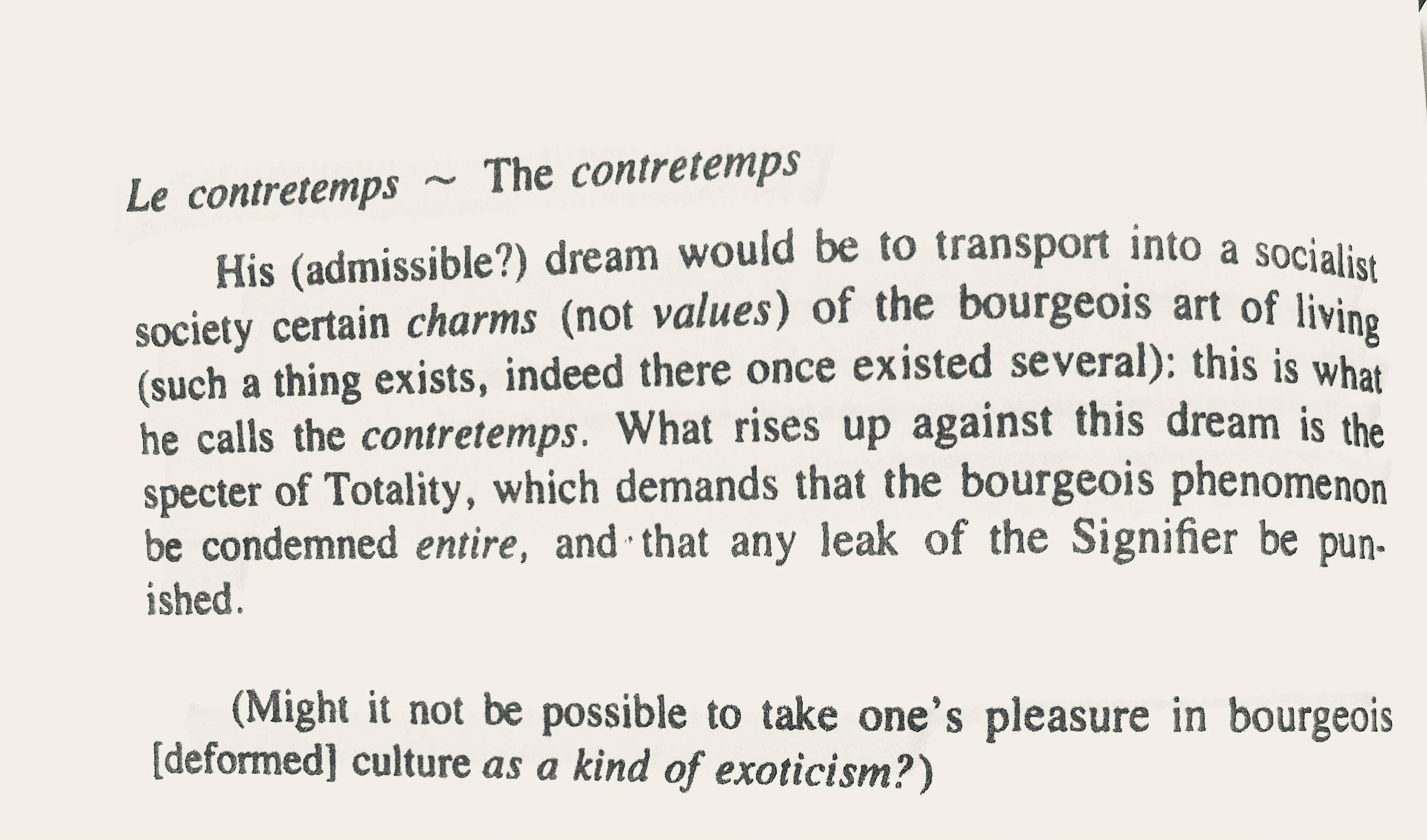Anna Akhmatova’s glove is already there on February 17, 1911, at Sarke Isala, where it sits at the end of a first stanza:
the door is half open,
the linden smells sweet…
on the table, forgotten,
a riding crop and a glove.
And then again, in the same book, it is the image which dominates "The Song of the Last Meeting,” on page 87, where the poet, pulled the sleeve the glove for my left hand line break onto my right. "
Song of the Last Meeting
My heart was chilled and numb,
But my feet were light.
I fumbled the glove for my left hand
Onto my right.
It seemed there were many steps,
I knew – there were only three.
Autumn, whispering in the maples,
Kept urging: 'Die with me!
I'm cheated by joylessness,
Changed by a destiny untrue.'
I answered: 'My dear, my dear!
I too: I'll die with you.'
The song of the last meeting.
I see that dark house again.
Only bedroom candles burning,
With a yellow, indifferent, flame.
And all the earth colludes in wanting to vanish, in the disorder of the mind, and the maple leaves waging her to die with them, in the season of dead love which feels like autumn. September 29, 1911.
The seasons of Akhmatova continue. In March, in the spring, March 18-19, on Wednesday at 3 PM:
my ring finger was stung
by a buzzing wasp.
She addresses the lover who is absent.
She stares at her ungloved hand and wonders if she will weep over this men whom she calls "the strange one”.
The question is critical to the poems turn, as is the address which combines both the lover and the poet, like the effect of looking in a mirror while planning what to say to someone only to find that you were speaking to yourself.
Will your countenance smile at me?
Look! Now on my ring finger
there is a fine smooth ring.
The sting is in the ring.
The blood beats ever stranger
in a body wounded by desire.
She wrote this in “The Fisherman” on April 23, 1911.
It is these bourgeois markers—the rings, the gloves—which Akhmatova uses to signify loyalty and romantic enclosure. She lays before us the enigmatic objects which enable the subject to ask questions, or which ask those questions themselves, but which cannot answer them, or be cinched by particular claims.
